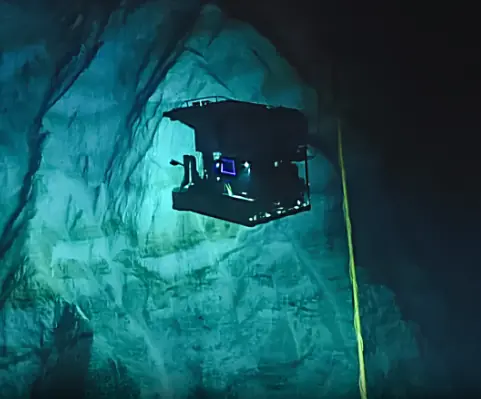
When the “Promised Land” Turned into Hell: The Story Behind the 1861 Tragedy
When the “Promised Land” Turned into Hell: The Story Behind the 1861 Tragedy
No one could have imagined that within just a few short hours, this place would become the site of one of the most horrifying massacres in the history of European settlement in Australia.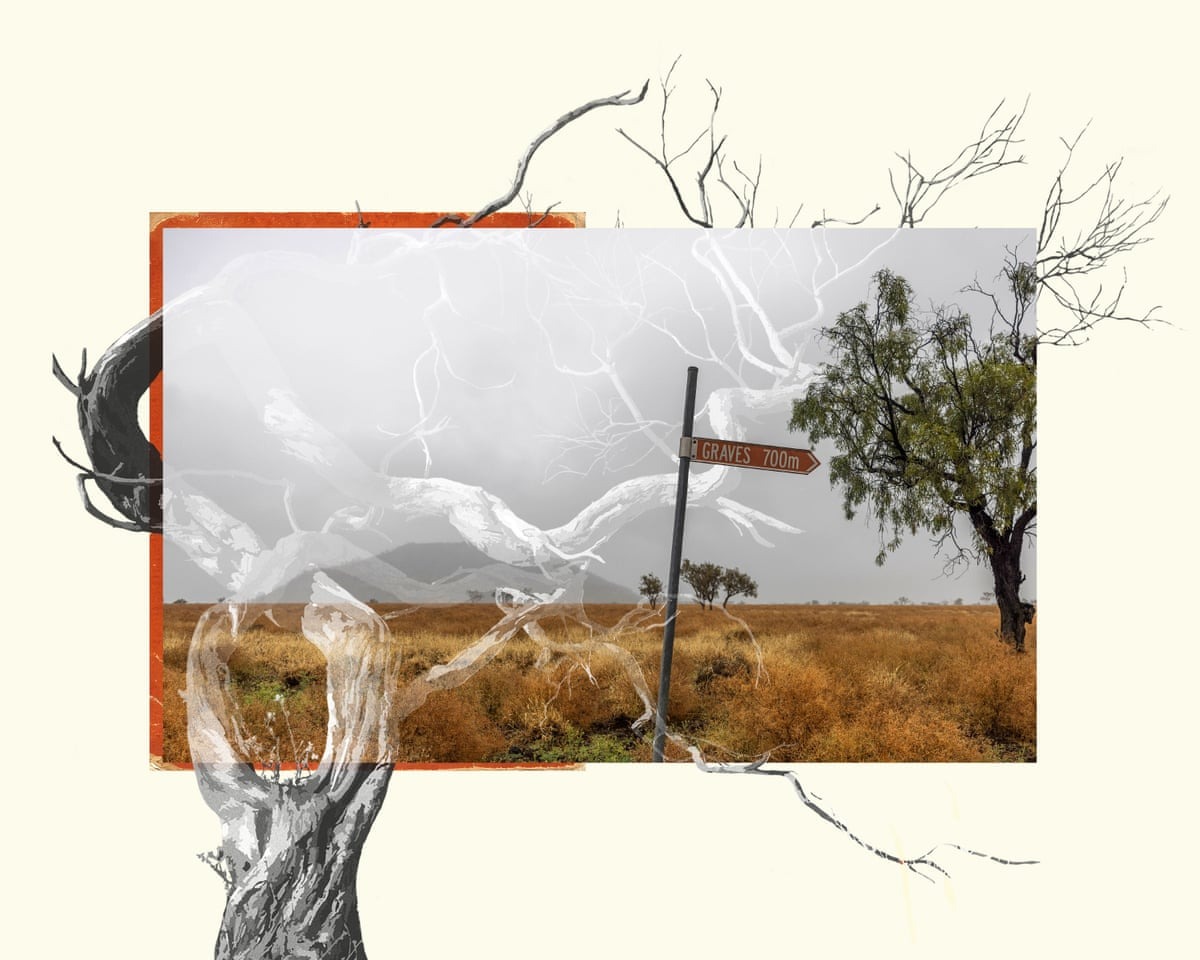
The story began when Horatio Wills, a well-known livestock breeder from the colony of Victoria, decided to expand his pastoral enterprise northward.
In 1861, he and his family, workers, and more than 10,000 sheep traveled to Cullin-la-Ringo, near what is now the town of Springsure, in Central Queensland.
Their goal was to occupy land for a new grazing station — a common practice during the British colonial expansion across Australia.
However, the land Wills’ party chose was not “uninhabited,” as they believed. It was the territory of the Gayiri people (also known as Kairi or Kari), the Indigenous inhabitants who had lived, hunted, and cared for the land for thousands of years.
When the white settlers arrived, they brought not only livestock but also sweeping changes — seizing water sources, destroying vegetation, and damaging the natural habitat essential to the Aboriginal way of life. Tensions between Indigenous people and settlers, already simmering across Queensland, now erupted into tragedy.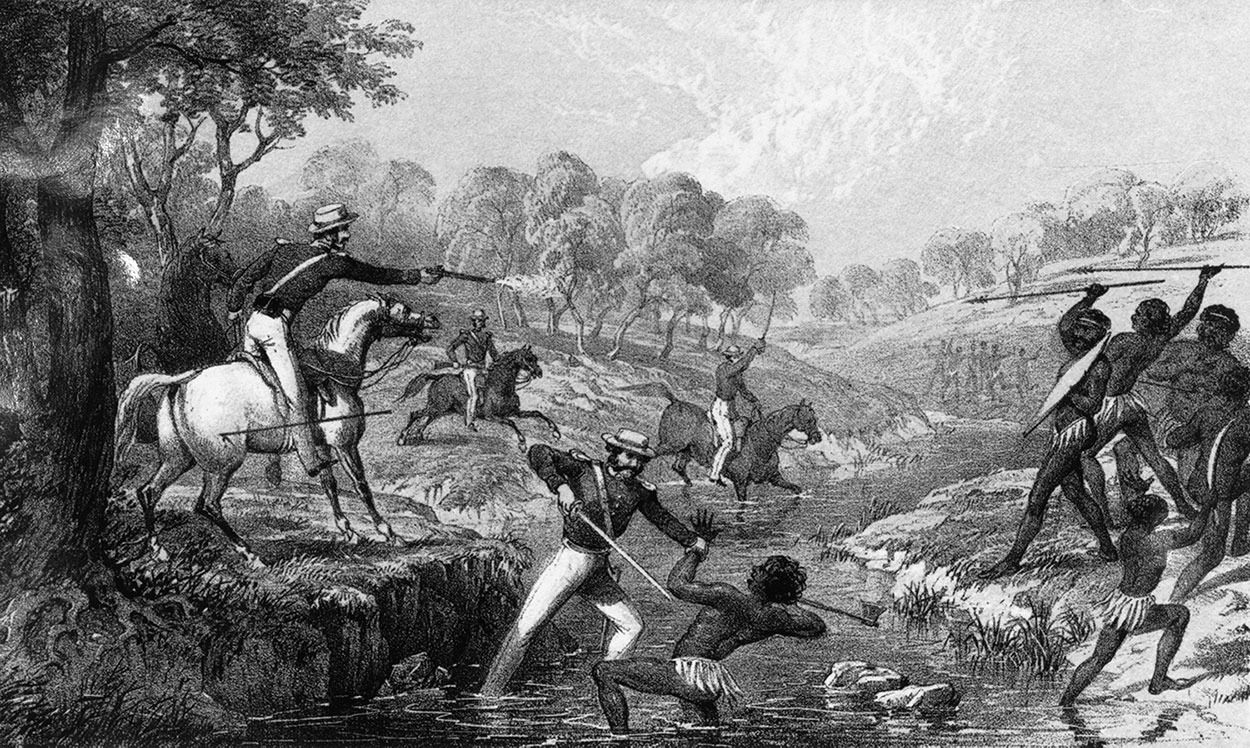
According to eyewitness accounts and historical records, on the morning of October 17, 1861, a large group of Aboriginal people — possibly several dozen — approached Wills’ camp in a friendly manner. They pretended to seek trade, food, and peaceful conversation. Believing relations could improve, Wills allowed them to approach the camp without suspicion. But only minutes later, the group launched a sudden attack, armed with spears, axes, and clubs.
The assault was swift and brutal. Horatio Wills and 18 settlers were killed on the spot. Most of the victims were men and young workers from the station. A few survived by fleeing or being away from camp when the attack occurred. The aftermath was described as “ghastly” — tents burned to ashes, livestock scattered, and bodies lying across the open ground.
The Cullin-la-Ringo Massacre shocked colonial Australia. News quickly spread to larger settlements such as Rockhampton and Brisbane, fueling outrage among the white population. Within days, “punitive expeditions” were organized — groups of police, armed settlers, and militias set out to hunt down Aboriginal people suspected of involvement.
Historians note that the reprisals that followed were even bloodier than the massacre itself. Hundreds of Gayiri people were killed during weeks of violent raids. Many were shot without trial or proof of participation in the original attack. These retaliations were rarely recorded officially, but in the memory of the Indigenous community, they remain a dark and painful chapter.
Today, researchers view the Cullin-la-Ringo tragedy as inseparable from the broader conflict between Indigenous Australians and European settlers during the 19th century. As Europeans expanded their frontier, they treated Aboriginal land as terra nullius — “land belonging to no one.” This ideology fueled countless conflicts, massacres, and acts of dispossession that decimated Indigenous populations.
The events at Cullin-la-Ringo stand as a stark example of the human cost of colonization — where fear, misunderstanding, and greed erased the line between civilization and brutality. Once regarded solely as “a savage massacre by the natives,” the incident is now understood by many historians as the direct result of land theft and Indigenous oppression.
Today, at Cullin-la-Ringo (now part of Springsure, Queensland), a memorial stone stands in remembrance of the 19 settlers killed in the 1861 massacre.
However, many Indigenous organizations continue to call for recognition of the Aboriginal victims — those who lost their lives in the violent reprisals that followed, ensuring that both sides of history are remembered.
News in the same category

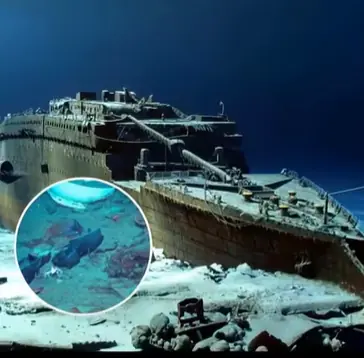
The real reason why nobody has ever found human remains inside the Titanic wreckage
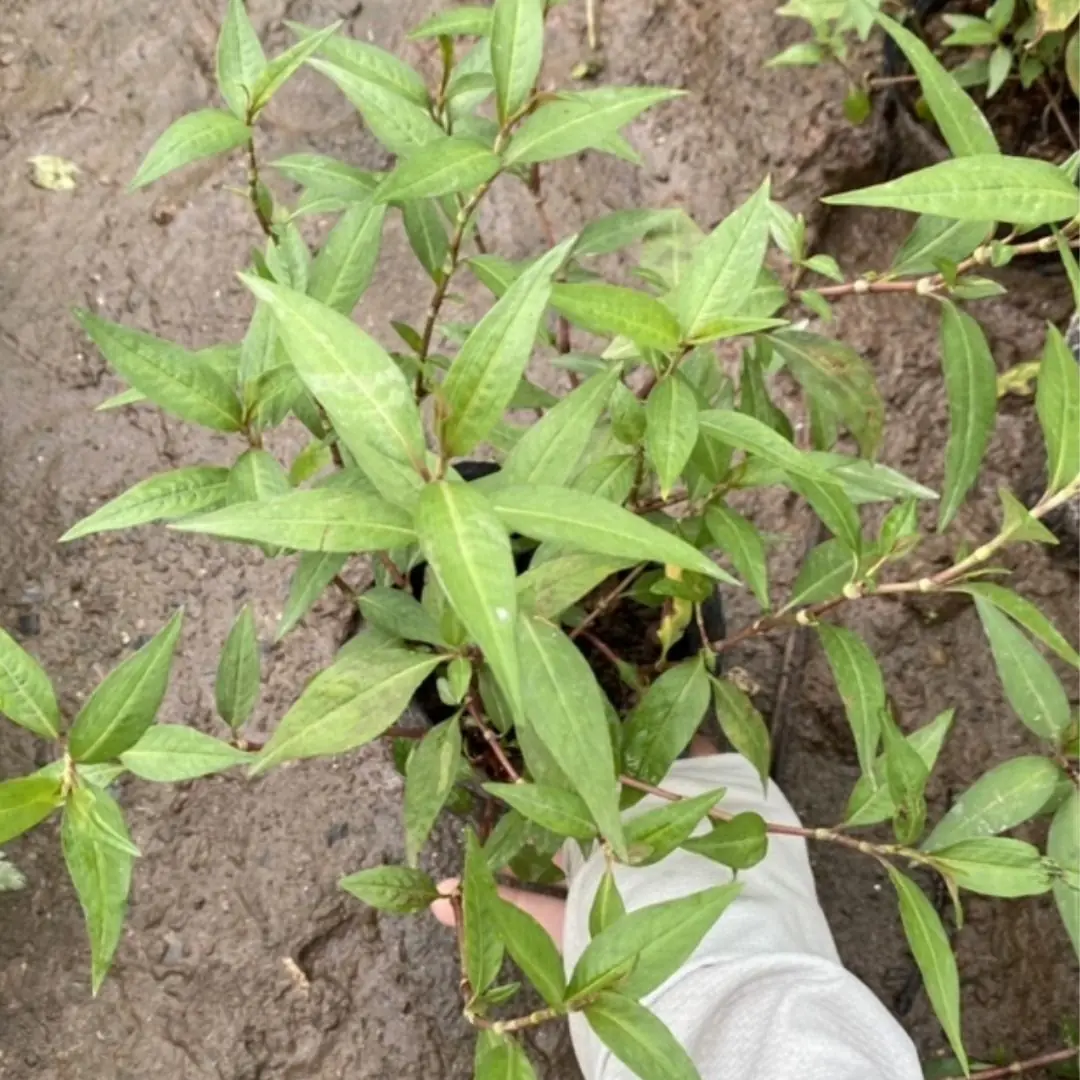
You must definitely grow this vegetable in your house, no matter how small your house is, you will get this magical effect

Finding Gold in a Hotel: Woman Shocked After Learning Its True Value

Electric kettles make life easier, but why do people abroad barely use them?

Why do many men love married women more than single women?

Why you shouldn’t sleep with a fan at night?

4 parts of the chicken contain many pa.rasites but many people still eat them without worry

Sweet Potatoes: Who Should Skip Them and Why

If you have these two small dimples on your lower back, they reveal something fascinating

Why are the toilets on the train connected directly to the tracks?

Why eating boiled corn and sweet potatoes in the morning is good for you — 3 key benefits

Strange but True: Europe Now Demands That Sausages and Burgers Must Contain Meat — Here’s Why

Why is hotel check - out always at 12 o'clock? Not for cleaning, the reason surprises many people

Can rice left in a rice cooker overnight still be eaten: Today I was star.tled when I found out the answer

The Truth Behind Why Flight Attendants Don’t Lift Passengers’ Bags

Always Close the Bathroom Door When Not in Use — I Regret Not Knowing This Sooner in My 30 Years of Life

24-Year-Old Woman Suffers Sto.mach Perforation After Replacing Breakfast with Popular Drink

What is the serrated hole on scis.sors used for? It has 4 great uses, it's a waste if you don't know!
News Post
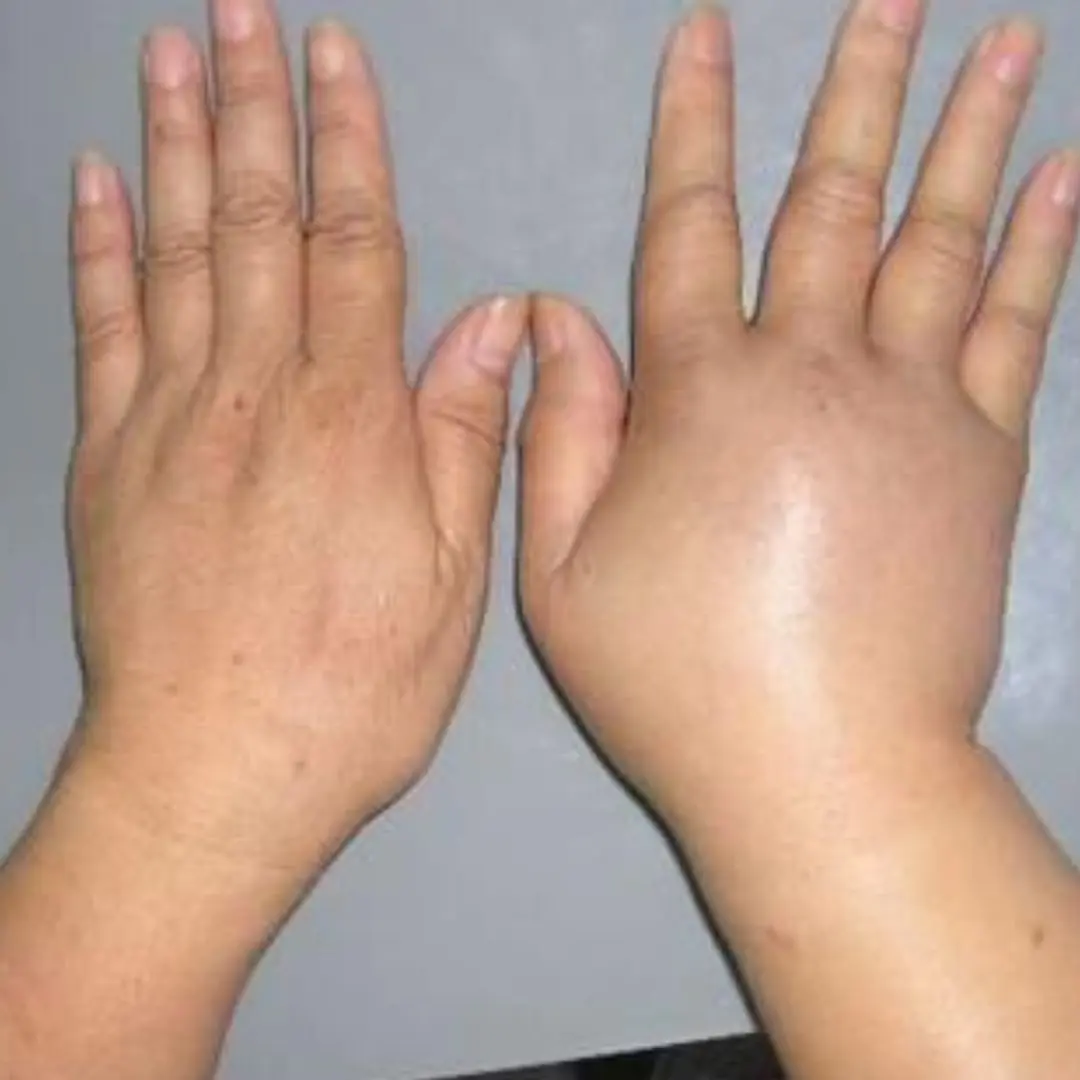
Waking up with swollen hands in the morning could be due to arthritis or some other underlying health problem that needs immediate treatment.

5 warning signs of cancer developing in the body

Depressing find at the bottom of the Mariana Trench is a warning to the world

This One Superfood Could Tackle Major Health Issues—Here’s What You Need To Know
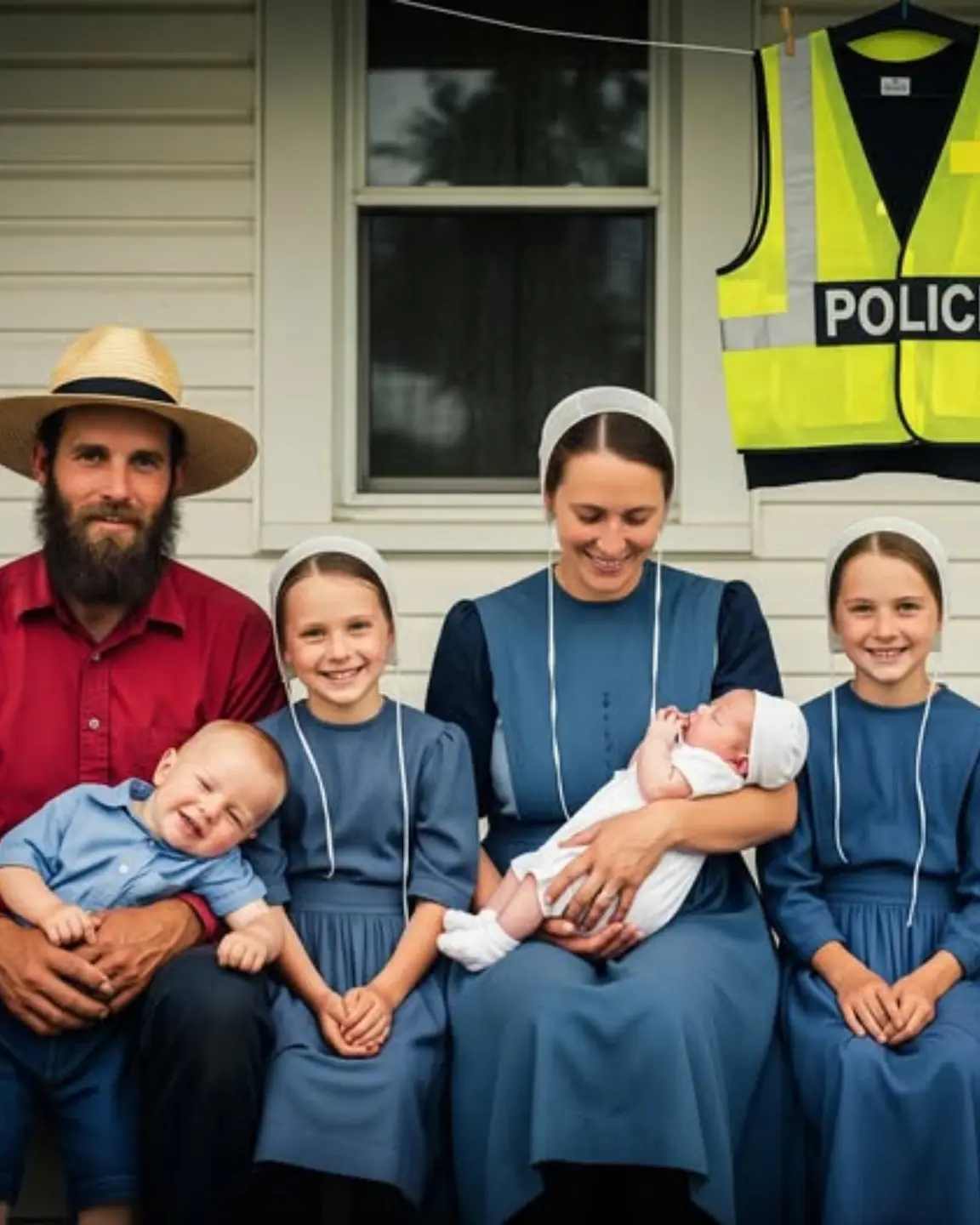
The Amish Family That Vanished: The Miller Mystery from 1992
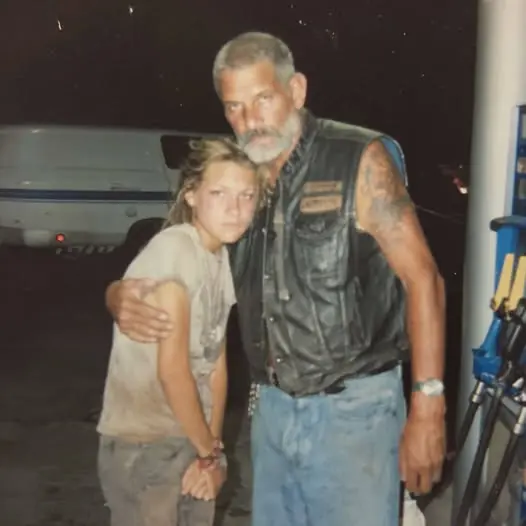
Biker Bought Teenage Girl At Gas Station Human Trafficking Auction For $10,000

My Husband and In-Laws Demanded a DNA Test for Our Son
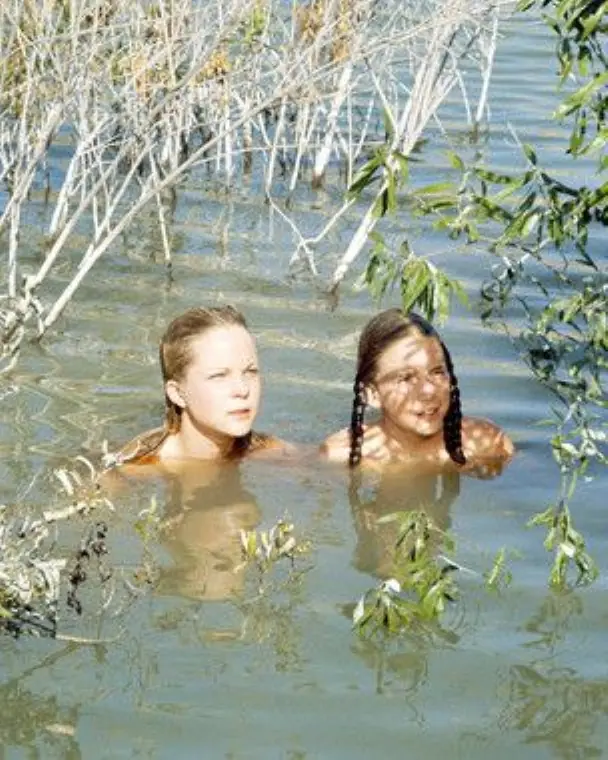
The Little House Mistakes No One Spotted — The Hidden Bloopers of a Beloved Classic

Mute girl rushes to scary biker at Walmart knowing his secret
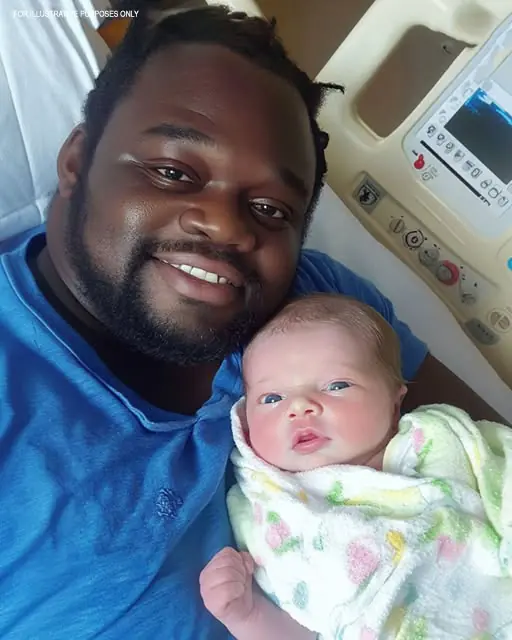
I Almost Left after Seeing Our Baby – But Then My Wife Revealed a Secret That Changed Everything

Nighttime Leg Cramps: When to Worry and Seek Medical Help

You Should Never Ignore These 9 Things Your Fingernails Reveal About Your Health
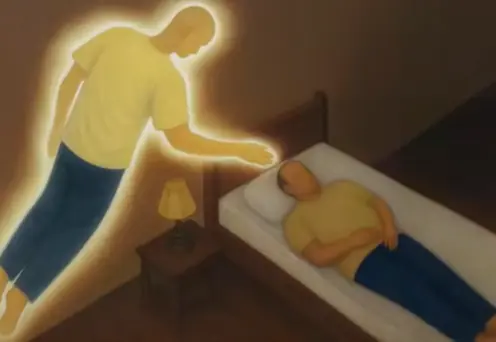
4 Things You Should Never Say At A Funeral — No Matter What

Over 200 People Are Killed By The “World’s Deadliest Food” Every Year, But Almost 500 Million People Still Eat It

The real reason why nobody has ever found human remains inside the Titanic wreckage
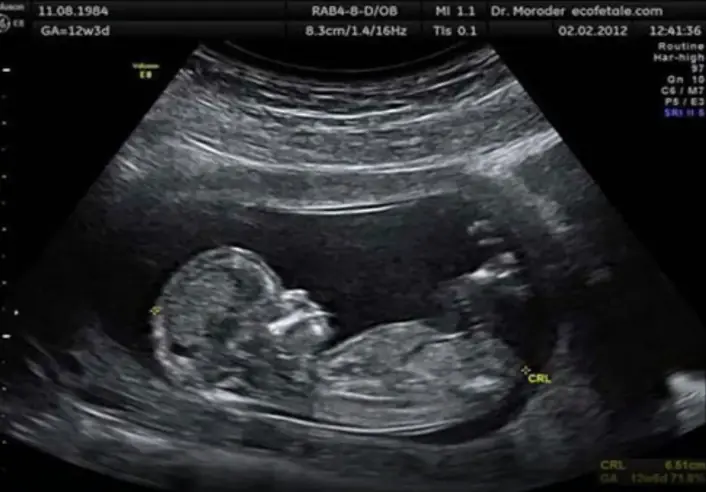
Scientists May Have Actually Found One Of The Causes Of Autism
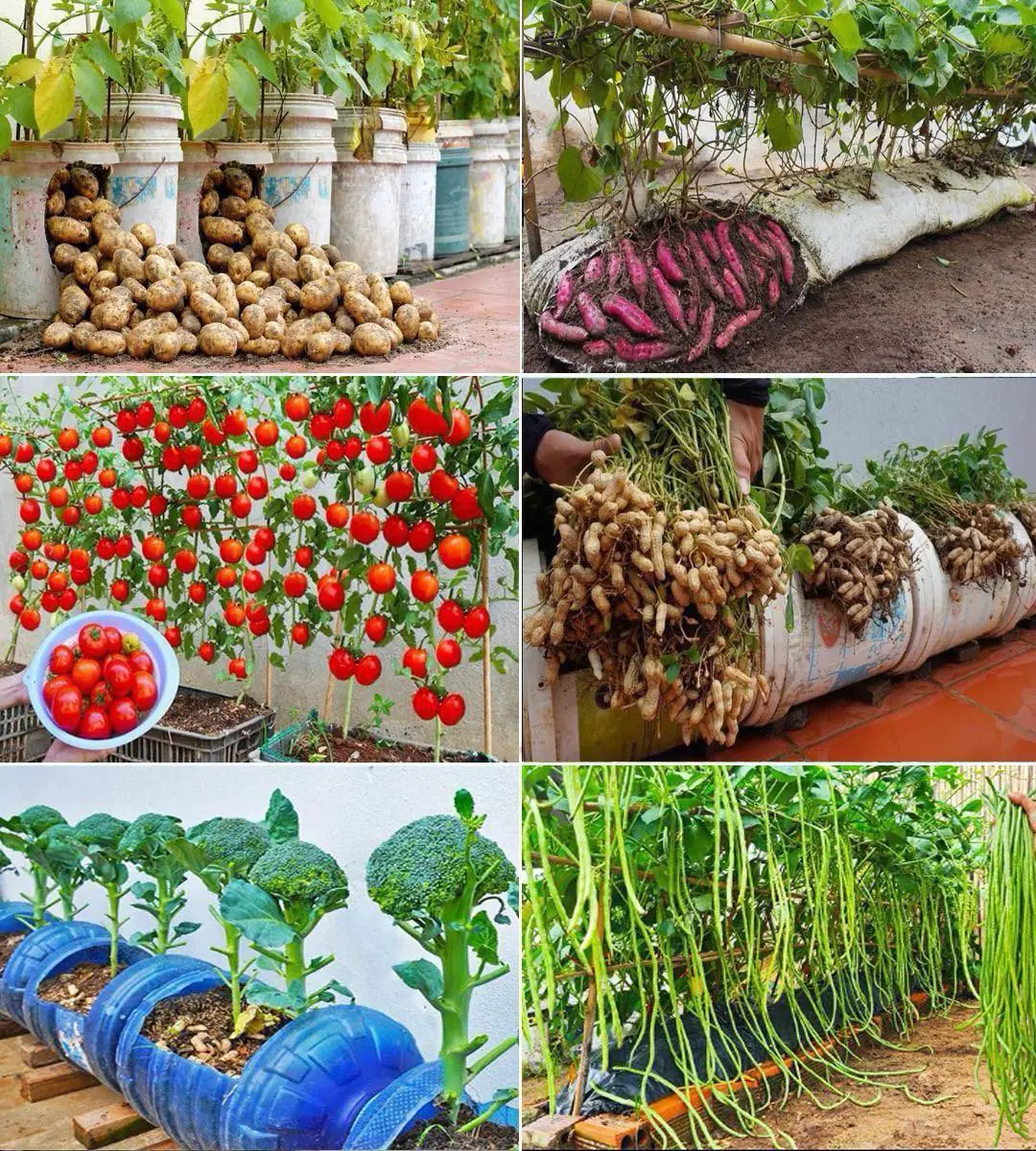
12 vegetables that grow well in containers

6 foods that silently drain calcium from the body, the more you eat, the weaker your bones become
